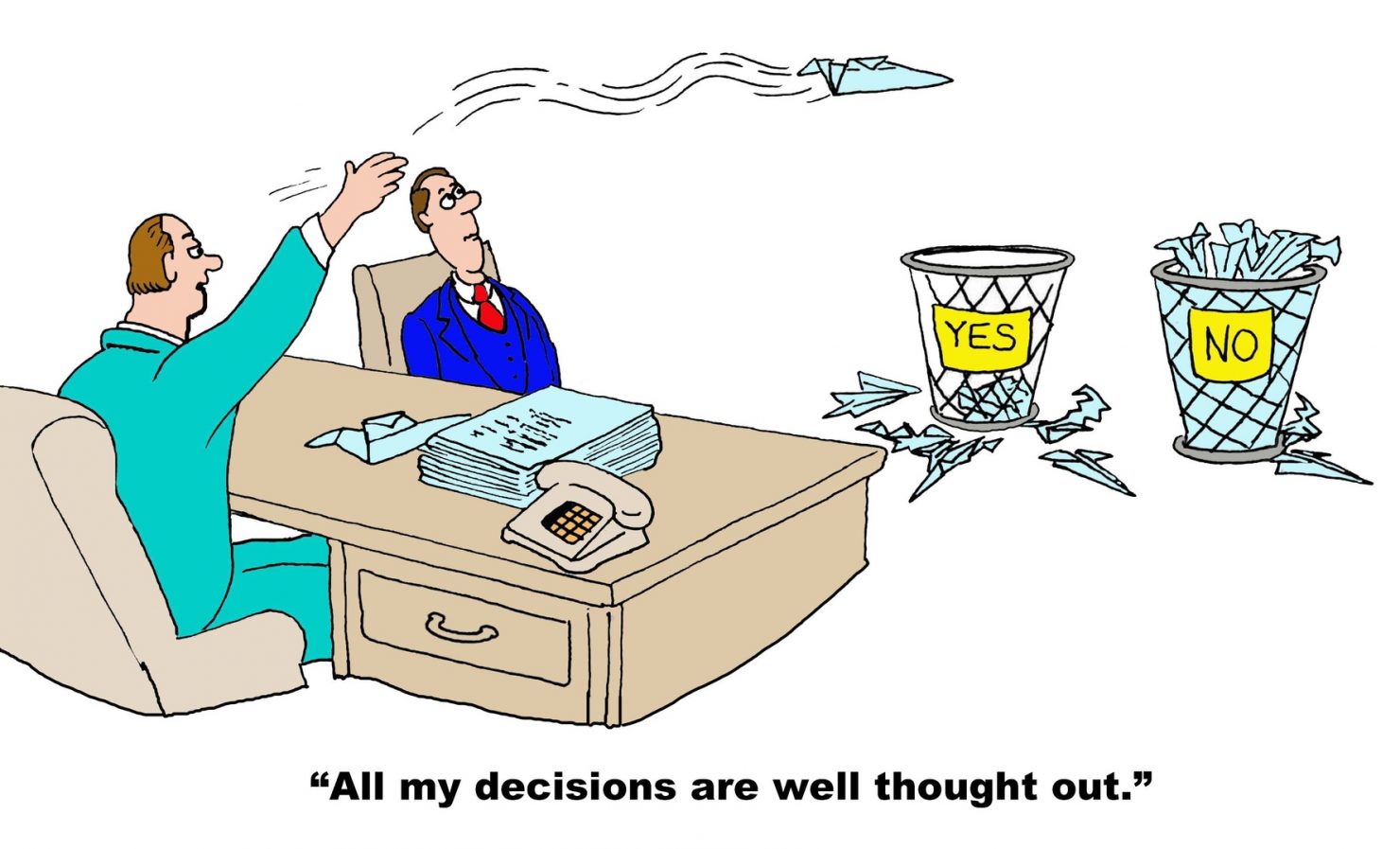
There’s no doubt that English is still the first choice language for global business, the arts and most professions.
The demand for leaders who can address audiences in English, even if it’s not their home language is growing. Harvard Professor of Business Administration, Tsedal Neely said, “English is required for global collaboration and global work.”
How, then, should you prepare yourself for this potentially uncomfortable experience?
- Practice, practice, practice.
Rehearsals are important for everyone who wants to deliver a polished, professional presentation. Keep up your dry runs until, almost like an actor learning their lines, your script is driven into your long term memory.
- Pause more frequently.
This helps your English speaking audience to absorb your message, as well as giving you time to take a breath and relax, and perhaps consult your notes.
- Don’t rush things.
Take your time. Lower your talking speed and watch the audience carefully. If you’re getting puzzled looks, make your point again perhaps using different words.
- Your audience wants you to succeed.
They’re silently willing you to deliver a great presentation. After all, that’s what they came for. Don’t apologize for your accent. It’s okay to mention it, but just explain that you’ll do everything necessary to get your points across.
One final thing about your accent that you may not know: most native English speakers find accents attractive and exotic. Keep that thought in your mind and your confidence will grow.















